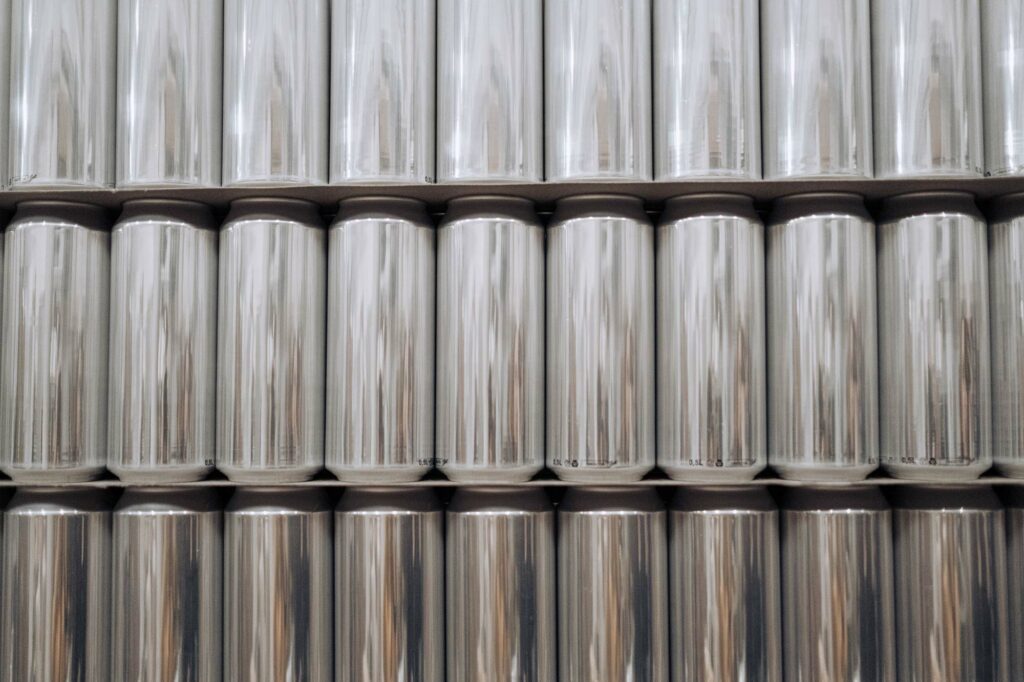With Big Tech Crumbling, Here’s Where to Invest Now
Last week, several formerly high-flying, large-cap tech stocks fell back to earth after disappointing third-quarter earnings results. Investors counting on these well-known names will be disappointed.
Instead, it’s time to look at companies that put investors first…
Third-quarter earnings from Alphabet (GOOG), Microsoft (MSFT), and Meta Platforms (META) came out on Wednesday, October 26. Much slower growth than anticipated resulted in one-day declines of 5% to 8%. Year to date, these three large-cap tech stocks are down 33%, 57%, and 58%, respectively. With numbers like these, it’s easy to understand why many 401k accounts are in the tank.
While stock prices of big-name companies are falling, plenty of smaller companies operate profitably in different sectors of the economy. The large companies listed above have businesses that span the globe, which puts them at risk from slowdowns in other countries and adverse currency fluctuations, but smaller companies can be creative and flexible in order to provide better customer service and maintain profitability. When profits grow, dividends do, too—so I look for companies that share those profits in the form of attractive dividends for their shareholders.
Here are three stocks that pay attractive dividends and recently announced great earnings or substantial dividend increases.
Blackstone Mortgage Trust (BXMT) is a finance REIT that originates commercial property mortgages. For the 2022 third quarter, BXMT reported distributable earnings of $0.71 per share, beating the Wall Street consensus by $0.14. The company grew quarterly earnings, while the analysts had forecast a decline. BXMT pays a $0.62 quarterly dividend, so there is potential for an increase. The shares currently yield 10.3%.
Ares Capital (ARCC) surprised the market with a $0.05, or 11.6%, increase in its quarterly dividend—its third dividend increase this year. Ares is a business development company (BDC) that makes loans to small-to-midsize corporations. The company reported that 73% of its loan portfolio is floating rate, allowing ARCC to grow profits in a rising rate environment. The shares currently yield 10.1%.
On October 25, energy midstream company Energy Transfer (ET) increased its dividend by 15%. ET provides oil and gas pipeline, terminal, and processing services. The company owns 120,000 miles of pipeline and transports 35% of the crude oil produced in the U.S. Over the last year, the ET dividend grew by 51%. Over the same period, the stock rewarded investors with a 29.9% total return. ET shares currently yield 7.6%.
These are just three examples of stocks that pay great (and growing) dividends as their businesses prosper. There are many more stocks that can provide similar returns. If you don’t like how your portfolio has performed this year, consider a new strategy focusing on companies that take care of investors by paying attractive and growing dividends. It’s a strategy that works through both bull and bear market cycles.
Did you know you could collect 38.5% dividend yields whenever one of the 9,863 new mortgages gets signed today?What about banking 12.9% returns whenever one of the 11 million people today fills up their tank with all the expensive gasoline?Or, pocketing an incredible 25.9% yield from Americans spending $642 billion in entertainment each year whether skiing, going to the movies, or spoiling your spouse at a resort.I’m about to show you a dozen or so amazing, but ordinary places where 38.5% income is hiding.It’s hiding in plain sight and you could be enjoying these dividend payouts starting today.Click here to get started.
With Big Tech Crumbling, Here’s Where to Invest Now Read More »









